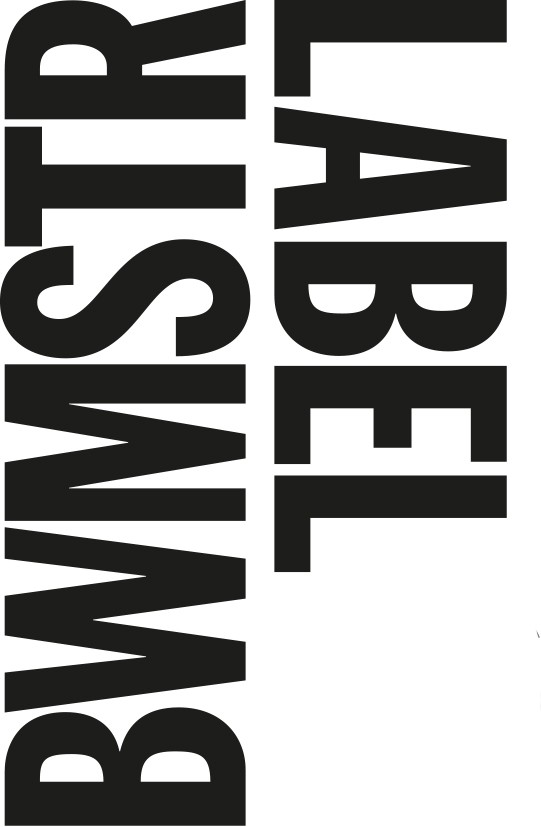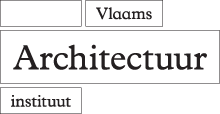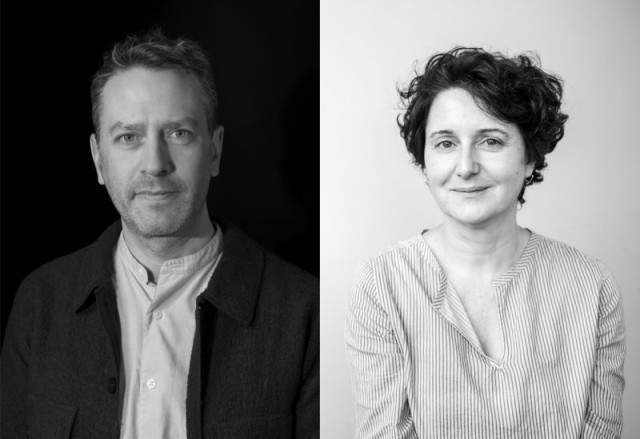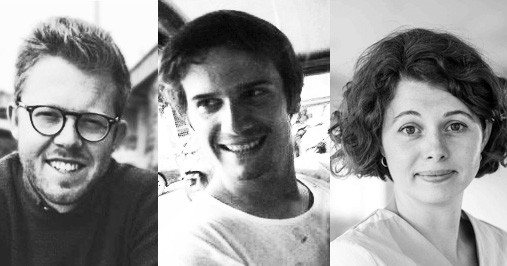Urban Nature
 Leonie Jacqmain
Leonie Jacqmain
We are visiting the Singel for an evening on Urban Nature! The ‘Urban Nature’ exhibition at the Singel, curated by three Brussels-based firms – 1010 architecture urbanism, Fallow and grue. – zooms in on the intertwining of naturally evolving processes in urban planning tasks. These three small Brussels offices are anything but small in their ambitions for including the “wild” natural processes, green and blue networks with the human, economic and urban in their projects. At different scales, they seek to intertwine the polyphonic and demanding context of the human city with a sensitivity to urban nature in a broad sense. The three design firms present a project from their own work, and revisit it from the insights gained during their research for the exhibition. Their perspectives on and open curiosity about what urban nature really is is an open invitation to the designer to look at the field with new eyes.
This vision is linked to that of renowned British urban planner and urban ecologist Matthew Gandy, who conducts extensive research on urban nature, publishing a large scale research in Berlin on the topic in 2022, Natura Urbana. Here, he links different perspectives from feminist, post-colonial and post-humanist theories with perspectives within urban ecology. He lets artists, activists, residents and scientists, among others, speak about what “urban nature” can be. He celebrates a multi-voiced urban nature, which he sees as at least equal to classical “wild” landscapes.
The focus on evolving urban landscapes, the stratification of the botanical cities we live in, and the knowledge that our future depends on cooperation and coexistence with the other living beings around us can be a guide to reflection on our current building methods and development models.
It is extra special to be able to host this evening in the Singel, where the great movements of the Antwerp Ring Road, historic urban development and twentieth-century extensions have created a landscape of residual greenery, new wildernesses and human-less edges.
1010au

… is a design firm for architecture and urbanism: our work unmistakably stems from the rich background and history of these branches of knowledge. In practice, we often look beyond the current boundaries of these disciplines out of an ambition to contribute to a holistic urban experience.
… views its environment with an inclusive eye. We are open to the multitude of voices that populate our cities, including the often unheard cries of the physical environment (water, soil, energy and matter); the drivers of our future.
… as practitioners with one foot in academia, we adopt a research-based attitude with great curiosity, always abreast of the latest developments in the field.
The work of 1010 is the result of an ongoing creative process: rooted in the places we design, engaged with users and residents, aware of the aspect of time as the main ingredient of the spatial project – time for minds to mature, momentum, time for something to grow and build. (text website)
Fallow
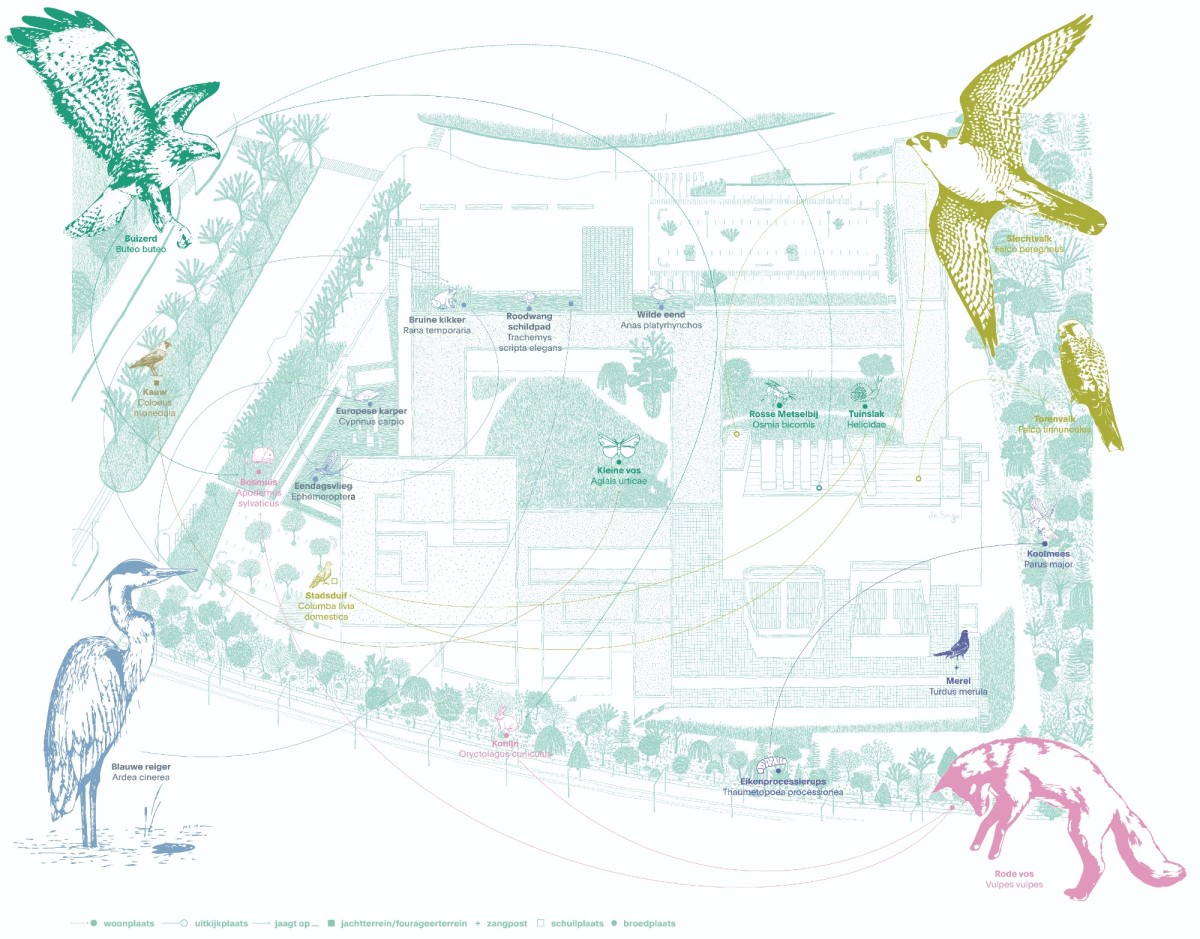
Fallow is a young and versatile agency, based in Brussels, focusing on spatial and socio-ecological challenges with a multifaceted interest in the open field of architecture, landscape and urbanism.
Fallow is the platform for collaboration between Matthias Salaets, Michaël Stas and Carmen Van Maercke, who build on experiences at firms such as Elding Oscarson (SE), 51N4E (BE) and Studio Paola Viganò (BE), Architecture Workroom Brussels (BE) as well as at the Department of Environment (BE) and through involvement in teaching and academic research.
They start from a multiscalar and systemic approach in which the current state, context and task are thoughtfully considered and questioned. Today, they work on projects of various scales and levels of detail, ranging from public space, over renovations, pavilion and furniture design, a vertical factory, to territorial vision development.
grue.
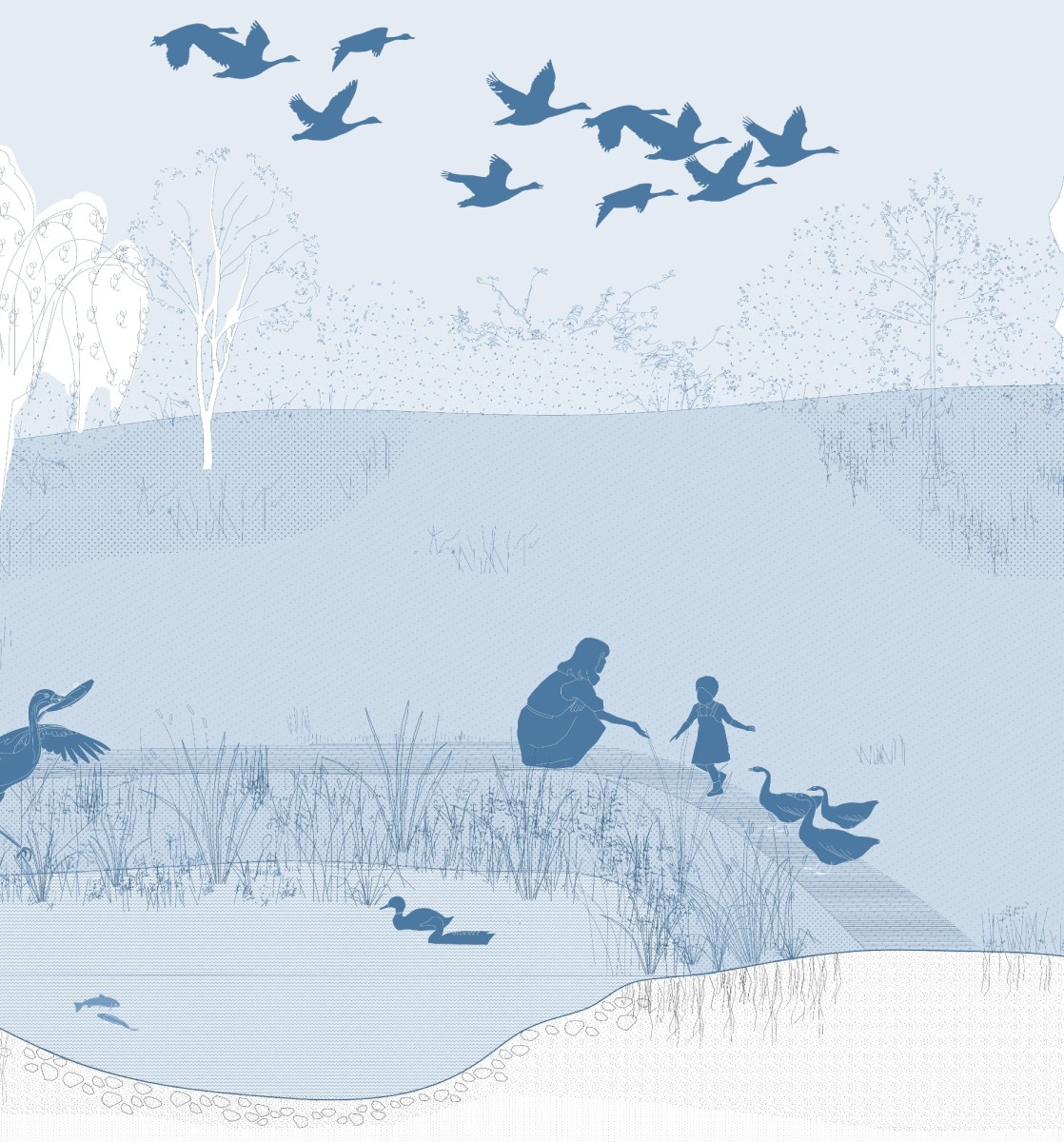
Grue. was founded in 2013 between Paris and Brussels and develops its practice in urban planning, landscape and architecture. It was founded by the two architects Marie Alléaume and Nathanaëlle Baës Cantillon and landscape architect Rodolphe Raguccia.
Matthew Gandy
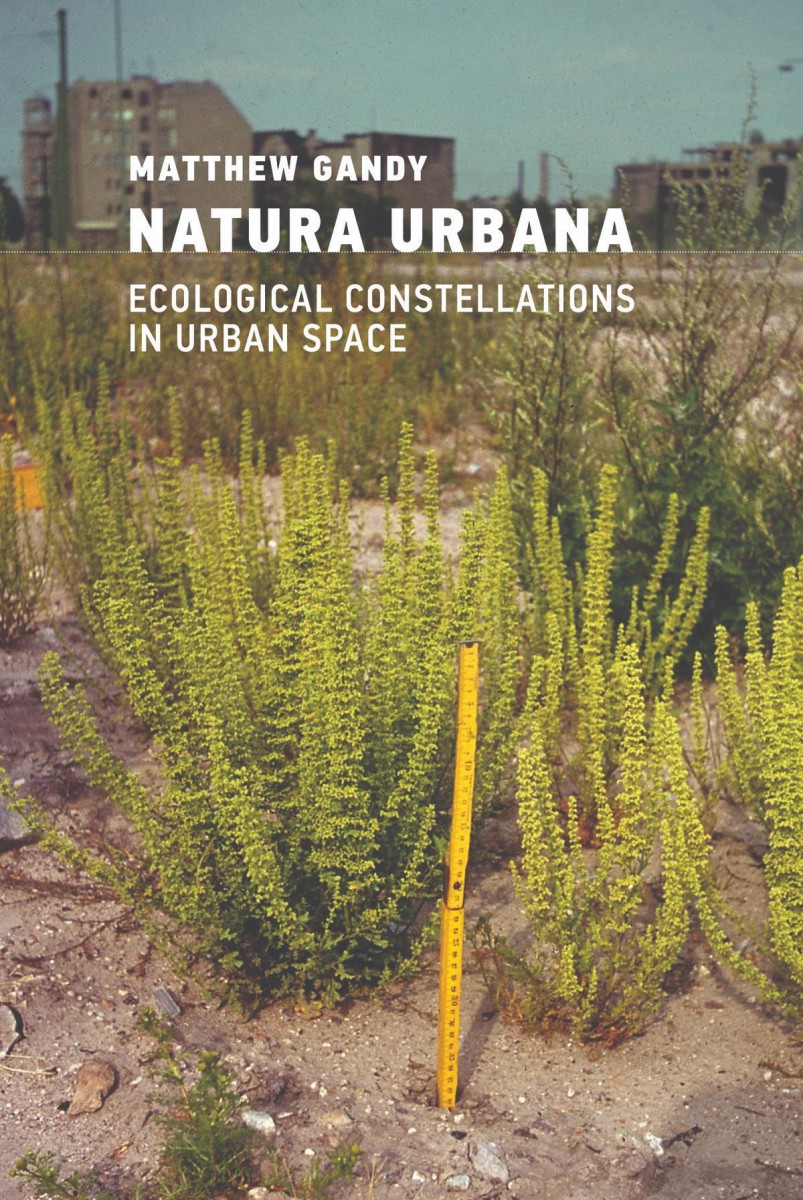 Matthew Gandy is a cultural, urban and environmental geographer with a particular interest in landscape, infrastructure and, more recently, biodiversity. The historical scope of his work extends from the middle decades of the nineteenth century to the recent past. His research ranges from aspects of environmental history, including epidemiology, to contemporary interfaces between nature and culture, including the visual arts. His book Concrete and clay: reworking nature in New York City (MIT Press, 2002) was awarded the 2003 Spiro Kostof Prize for the book in the past two years “that has made the greatest contribution to our understanding of urban planning and its relationship with architecture”. His book The fabric of space: water, modernity, and the urban imagination (The MIT Press, 2014) was awarded the 2014 AAG Meridian Award for Outstanding Scholarly Work in Geography and the 2016 award for the most innovative book in planning history from the International Planning History Society. He recently wrote a research monograph Natura Urbana on biodiversity and urban nature.
Matthew Gandy is a cultural, urban and environmental geographer with a particular interest in landscape, infrastructure and, more recently, biodiversity. The historical scope of his work extends from the middle decades of the nineteenth century to the recent past. His research ranges from aspects of environmental history, including epidemiology, to contemporary interfaces between nature and culture, including the visual arts. His book Concrete and clay: reworking nature in New York City (MIT Press, 2002) was awarded the 2003 Spiro Kostof Prize for the book in the past two years “that has made the greatest contribution to our understanding of urban planning and its relationship with architecture”. His book The fabric of space: water, modernity, and the urban imagination (The MIT Press, 2014) was awarded the 2014 AAG Meridian Award for Outstanding Scholarly Work in Geography and the 2016 award for the most innovative book in planning history from the International Planning History Society. He recently wrote a research monograph Natura Urbana on biodiversity and urban nature.
Matthew Gandy was visiting scholar at Columbia University, New York; the University of California, Los Angeles; Newcastle University; the Technical University, Berlin; Humboldt University, Berlin; and the University of the Arts, Berlin. He was founder and director of the UCL Urban Laboratory (2005-11) and co-founded the Urban Salon. Matthew is also actively involved in local issues in Hackney, East London, and is a member of Hackney Biodiversity Partnership and Sustainable Hackney. He has been co-editor of The International Journal of Urban and Regional Research since 2013. He was elected a fellow of the Academy of Social Sciences in 2015 and a fellow of the British Academy in 2016.
EXPO – Urban nature
In the exhibition Stedelijke natuur design firms 1010au, Fallow and Grue. focus on the past, present and future of nature in architectural production. They show how Léon Stynen and Paul De Meyer, the architects of De Singel, looked at the building in relation to the landscape. How does nature today manifest itself in and around the building? What relationships between artificial and natural life can we expect in the future?
The exhibition runs until 17 March 2024 at The Singel.
